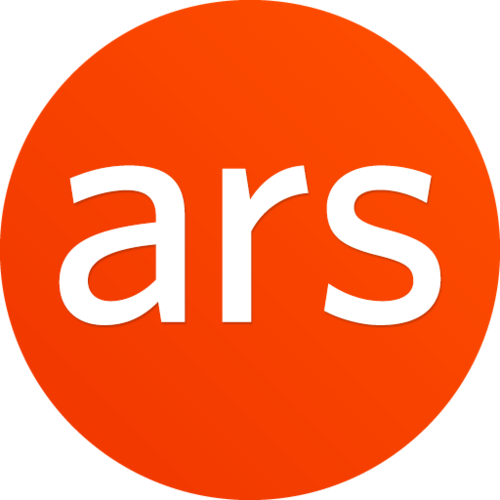


Original tech news, reviews and analysis on the most fundamental aspects of tech.
174 pessoas curtiram isso
0 Publicações
0 fotos
0 Vídeos



